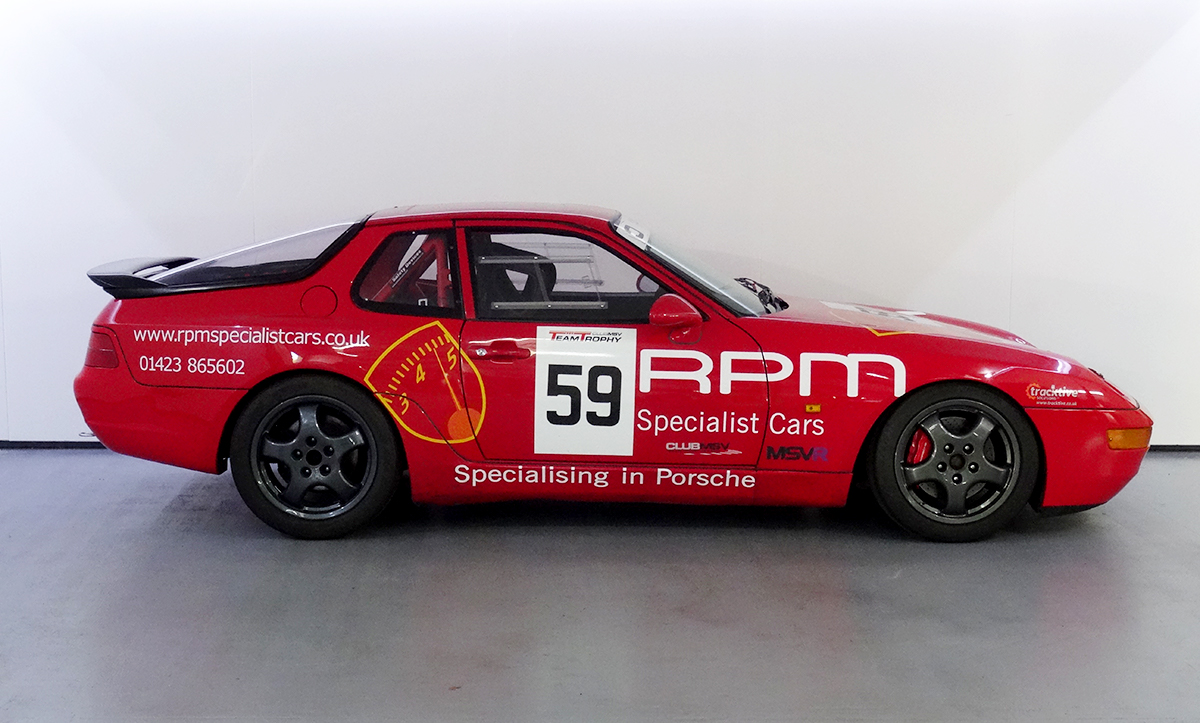Car And Driver Porsche 968
Porsche 968 (1992 - 1995) used car review. 19th Jun 2007. Descargar Musica Mp3 Juan Gabriel there. The Porsche 968 was quite an. If you're a fan of the marque you'll know about the 968's driver. Porsche 968 Buyers Guide. Porsche’s 968 replacement and the car that changed the game. Driving the Porsche 968. Any driver familiar with a.
I had a 1995 968 coupe with the Tiptronic transmission for 4 years. Ney Matogrosso Interpreta Cartola. I loved driving it for the accelleration and the handling.
It was pretty practical for a sports car too, because the rear cargo area held a surprising quantity of stuff you might want to bring along; I even transported a lawn mower in the back of it a few times. Unfortunately stuff breaks on this car, and it costs more than you'd imagine to fix these problems. The air bag computer died. The flex plate broke.
The list goes on, but just be warned that you must budget a couple grand a year (minimum) to maintain the Porsche-worthiness of this car. Final Codec Pack 2009 Divx Extras-[demonoid Com] 2212689 8154. The 968 is an excellent example of Porsche's front-end engine design.
It dates back to the older 924 and 944 lines with the 968 being the most desirable. They benefit from parts sharing with the 944 turbo, 928, and 993 911 line. They are often referred to as being Toyota like in their reliability and carry one of the lowest operating costs of any Porsche model. Great value for the money; having the highest naturally aspirated HP per liter of displacement for 8 years from '92 when it was launched until '00 when the Honda s2000 was released. Also very practical as a daily driver especially in coupe form. These are among the rarest of any production Porsche to date.

• • • • • While Britain and Italy enjoyed great success during the 1960s with front-engined, four-cylinder, rear-drive sports cars such as the MGB and the recently revived, the Germans had done without. BMW was without such a machine entirely, and Mercedes-Benz retired the 190SL in 1963, replacing it with the more stately Pagoda. Meanwhile, elsewhere in greater Stuttgart, Porsche was cycling through variations on a theme at a furious pace. Air-cooled four-cylinders, sixes, eights, and eventually twelves—all horizontally opposed—powered the decade’s, while the road cars carried a varied collection of fours and sixes, mounted either behind the driver or behind the rear wheels.
The motley mix included evolutions of the VW-derived pushrod four in the 356 and the 912, as well as the fiendishly complex Fuhrmann four-cam race engine used in the 550 family, the 904, and the 356 Carrera models. Meanwhile, the recently introduced flat-six grew in power throughout the decade. VW’s new Type 4 pushrod flat-four saw duty in the, but the car proved more expensive to build than Porsche had planned. As a stopgap, the Hans Mezger–massaged two-liter version of the engine was stuffed into a and sold as the 912E for 1976, but that was only to hold the line until Porsche’s first front-engined, liquid-cooled automobile was ready for sale later that year. Like the 914, the 924 was originally developed for Volkswagen, which had recently purchased Audi. Porsche’s engineers had a mandate to use VW/Audi parts whenever possible, perhaps due to lessons learned via the star-crossed development and sale of the 914. Though often maligned as a VW wearing Porsche badges, in all actuality, the 914 used very little from the VW parts bin beyond the Type 4 engine.
The 924, as designed, was more friendly to economies of scale. Porsche took an Audi front-drive transaxle and mounted it in the rear of the new model, redesigned the Audi 2.0-liter engine’s cylinder head—and then were suddenly told by VW that the company was changing directions and opting for the Golf-based Scirocco instead. Porsche purchased the design back from Volkswagen, and made a deal to produce the new sports car at the old NSU plant in Neckarsulm. As was the case with its predecessor, purists scoffed at the new car. But Porsche truly believed at the time that a front-mounted, water-cooled engine was the way forward.
The 928, which followed the 924 to market two years later, was meant to put the archaic 911 to bed. And, in a sense, they were right in their thinking. The latest entry-level Porsche sports car,, features a liquid-cooled engine driving a transaxle.
It’s just that the engine’s orientation reaches back to the very first 356, before the company decided to go rear-engined in the name of cost. And, in the name of tradition, it’s a boxer, rather than an inline motor. Porsche, after all, prints cash these days. It can afford to design a new engine in the name of heritage. Also in keeping with 924 tradition, borrows heavily from the, although Porsche will defensively point out everything that’s changed.